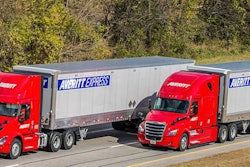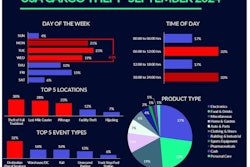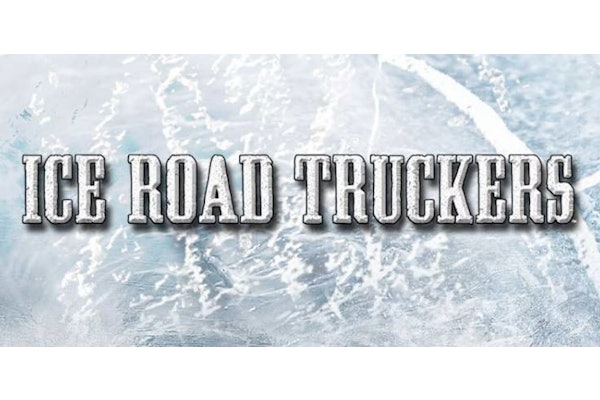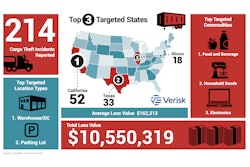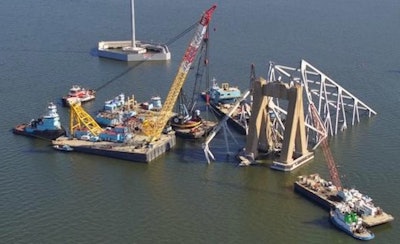
The companies that own and operate the container ship that caused the collapse of the Francis Scott Key Bridge in Baltimore, have agreed to pay more than $100 million to settle a civil claim brought by the federal government.
The Justice Department announced recently that Grace Ocean Private Limited and Synergy Marine Private Limited, the Singaporean corporations that own and operate the motor vessel DALI, agreed to pay $101,980,000 to resolve a civil claim brought by the U.S. government for costs borne in responding to the March 26 collapse of the bridge.
The settlement monies will go to the U.S. Treasury and to the budgets of several federal agencies directly affected by the collision or involved in the response.
“Nearly seven months after one of the worst transportation disasters in recent memory, which claimed six lives and caused untold damage, we have reached an important milestone with today’s settlement,” said Principal Deputy Associate Attorney General Benjamin C. Mizer. “Thanks to the hard work of the Justice Department attorneys since day one of this disaster, we were able to secure this early settlement of our claim, just over one month into litigation. This resolution ensures that the costs of the federal government’s cleanup efforts in the Fort McHenry Channel are borne by Grace Ocean and Synergy and not the American taxpayer.”
In its filing, the federal government claimed Grace Ocean and Synergy Marine failed to address known problems with the DALI's mechanical and electrical systems prior to the vessel’s departure from Port of Baltimore en route to Sri Lanka.
In the early morning hours of March 26, the motor vessel DALI left the Port of Baltimore bound for Sri Lanka. While navigating through the Fort McHenry Channel, the vessel lost power, regained power, and then lost power again before striking the bridge. The bridge collapsed and plunged into the water below, killing six of eight construction workers who were making repairs to the bridge.
The wreck of the DALI and the remains of the bridge were left to obstruct the navigable channel, bringing all shipping into and out of the Port of Baltimore to a standstill. The loss of the bridge also severed a critical highway in the transportation infrastructure and blocked a key artery for local commuters.
The National Transportation Safety Board continues to investigate the collision, and the FBI is conducting a criminal investigation.
The U.S. government led the response by federal, state, and local agencies to remove about 50,000 tons of steel, concrete, and asphalt from the channel and from the DALI itself. While removal operations were underway, the Army Corps of Engineers created temporary channels to start relieving the bottleneck at the port and mitigate some of the economic devastation caused by the DALI. The Fort McHenry Channel was cleared by June 10, and the Port of Baltimore was once again open for commercial navigation.
On Sept. 18, the Justice Department filed a civil lawsuit in the U.S. District Court for the District of Maryland, seeking over $100 million in damages from Grace Ocean and Synergy. The Department’s claim was part of a legal action that the vessel companies filed shortly after the tragedy, in which they seek exoneration or limitation of their liability to approximately $43.7 million. Today’s settlement is in addition to $97,294 recently paid by Grace Ocean to the Coast Guard National Pollution Fund Center for costs incurred to abate the threat of oil pollution arising from the incident.
The settlement does not include any damages for the reconstruction of the bridge. The State of Maryland built, owned, maintained, and operated the bridge, and attorneys on the state’s behalf filed their own claim for those damages. Pursuant to the governing regulation, funds recovered by the State of Maryland for reconstruction of the bridge will be used to reduce the project costs paid for in the first instance by federal tax dollars.




